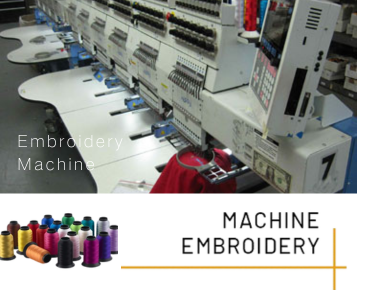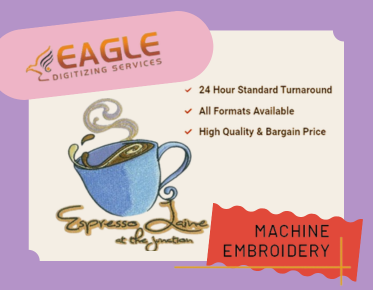Preventing Loose Thread Issues in Embroidery Digitizing
Embroidery digitizing is a crucial process in transforming artwork into a format that embroidery machines can read. However, one common issue that can arise during this process is the occurrence of loose threads. Loose threads not only affect the aesthetic quality of the embroidery but can also lead to more significant problems such as thread breakage and machine malfunctions. Understanding how to prevent these issues is essential for anyone involved in embroidery digitizing.
Understanding the Causes of Loose Threads
Loose threads in embroidery can be attributed to several factors. One primary cause is improper tension settings on the embroidery machine. If the tension is too loose, the threads will not be held tightly enough, leading to slack and loops. Conversely, if the tension is too tight, it can cause the thread to break, which might also result in loose ends. Additionally, the quality of the thread and the fabric being used can significantly impact the outcome. Low-quality threads are more prone to fraying and breaking, while certain fabrics may not hold the stitches as securely as others.
Choosing the Right Tools and Materials
Selecting high-quality threads and fabrics is a fundamental step in preventing loose threads. Opt for threads that are specifically designed for embroidery, as they are typically stronger and more durable. Similarly, choose fabrics that are suitable for the type of embroidery you are performing. For instance, heavier fabrics may require a different approach compared to lighter, more delicate materials.
Another critical aspect is the use of appropriate needles. The needle size and type should match the thread and fabric to ensure smooth stitching. Using a needle that is too large or too small can lead to issues such as skipped stitches or thread breakage.
Optimizing Machine Settings
Proper machine settings are vital in preventing loose threads. Ensure that the tension settings are adjusted according to the thread and fabric being used. It may require some trial and error to find the perfect balance, but it is worth the effort to achieve a flawless finish. Regular maintenance of the embroidery machine, including cleaning and oiling, can also help prevent issues related to loose threads.
Utilizing advanced embroidery digitizing software can further enhance the quality of the output. These programs allow for precise control over stitch types, densities, and directions, which can help minimize the risk of loose threads. Companies like Eagle Digitizing offer professional digitizing services that ensure high-quality results by using state-of-the-art software and techniques【4:0†source】.
Testing and Quality Assurance
Before finalizing any embroidery project, it is crucial to conduct thorough testing. This involves running a test sew-out to identify any potential issues with the design or machine settings. By doing so, you can make necessary adjustments to prevent loose threads and other problems. Companies like Eagle Digitizing perform extensive testing and revisions to ensure that the designs sew out smoothly and efficiently【4:0†source】.
Working with Professional Services
For those who may not have the expertise or resources to handle embroidery digitizing in-house, working with professional services can be a valuable option. Professional digitizing services, such as those provided by Eagle Digitizing, offer the advantage of experienced digitizers who are skilled in minimizing thread breakage and ensuring high-quality outcomes【4:0†source】. These services often include testing and revisions, which can save time and reduce the likelihood of encountering loose thread issues.
Future Trends in Embroidery Digitizing
As technology continues to advance, the field of embroidery digitizing is expected to evolve significantly. Innovations in software and machine capabilities will likely lead to even more precise and efficient digitizing processes. This progress will not only help in preventing issues like loose threads but also open up new possibilities for creative and complex designs. Staying informed about these developments and adapting to new technologies will be crucial for anyone involved in embroidery digitizing.
Ultimately, preventing loose thread issues in embroidery digitizing requires a combination of the right tools, proper machine settings, and expert knowledge. Whether you choose to handle the process yourself or work with a professional service, understanding these elements will help ensure that your embroidery projects are successful and free from common pitfalls.



